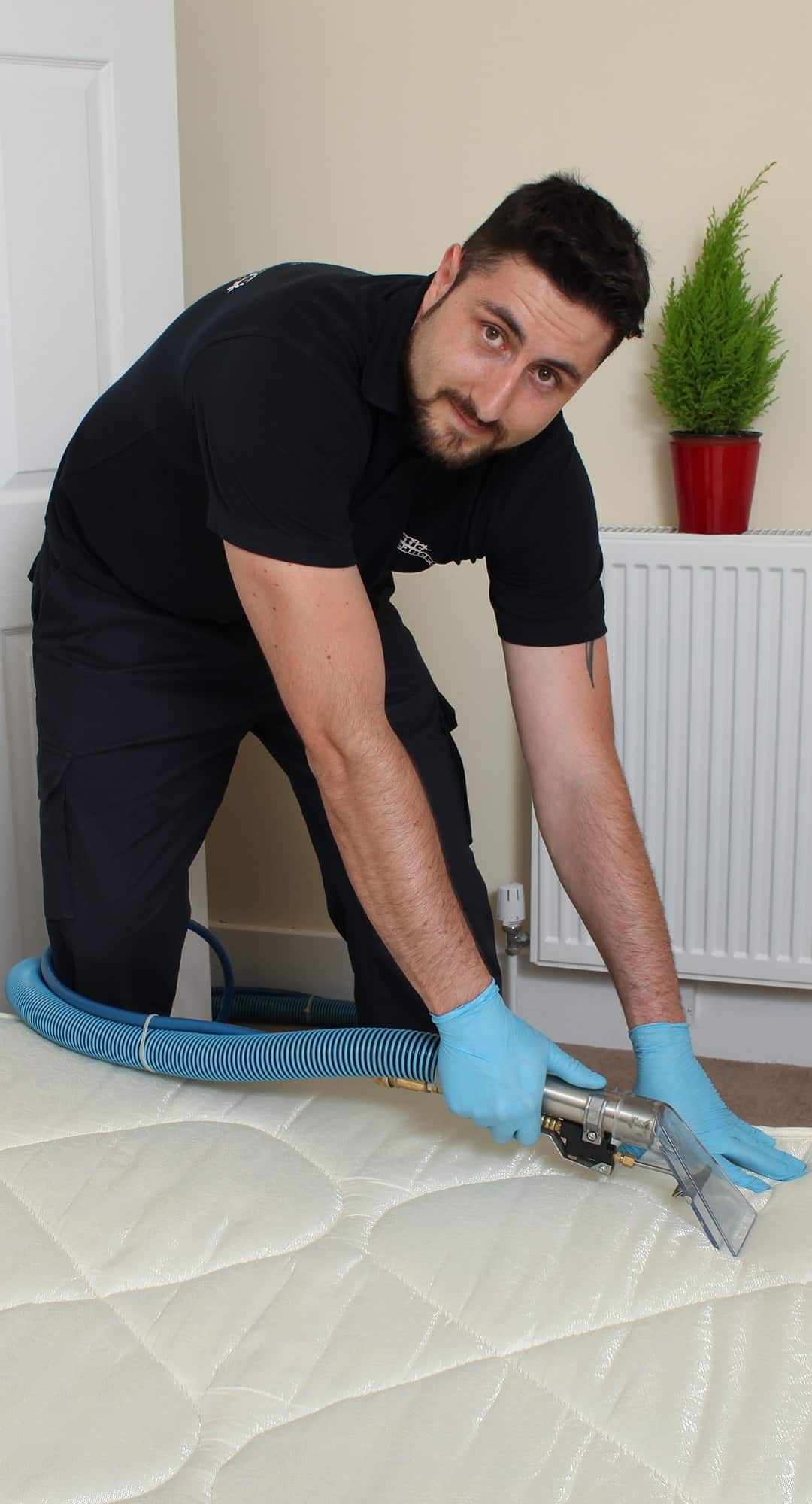The Best Overview to Everyday Cleaning: How to Scrub the Surfaces, Vacuum Carpets, and Clear Out Any Clutter
The Best Overview to Everyday Cleaning: How to Scrub the Surfaces, Vacuum Carpets, and Clear Out Any Clutter
Blog Article
Recognizing the Demand for Extensively Disinfecting and Sanitizing Regularly Touched Surfaces in High-Traffic Locations
In the world of public wellness and safety, the thorough sanitation and sanitization of regularly touched surfaces in high-traffic locations stand as vital steps in protecting against the spread of damaging pathogens. By exploring the various elements of surface sanitation, from the risks connected with neglecting cleansing procedures to the effective techniques that can be utilized, a clearer understanding emerges of the essential role these practices play in protecting public health and wellness.
Significance of Surface Disinfection
Highlighting the comprehensive disinfection of high-traffic surfaces is essential in keeping a hygienic atmosphere and protecting against the spread of damaging pathogens. High-touch surface areas such as door manages, light switches, elevator buttons, and counter tops work as reproducing premises for infections and germs. Regular disinfection of these surfaces is important to decrease the risk of contamination and transmission of diseases.
By implementing a durable sanitation procedure, services and institutions can create a safer setting for clients, staff members, and visitors. Proper surface area disinfection not just alleviates the spread of infectious diseases yet also instills confidence in the cleanliness and security of the properties. This proactive method shows a commitment to health and wellness, which is specifically important in high-traffic locations where the possibility of direct exposure to virus is enhanced.
Additionally, surface sanitation plays an essential duty in total infection control techniques. Combined with hand hygiene techniques, wearing masks, and preserving physical distancing, extensive disinfection of high-touch surfaces develops a thorough defense against the transmission of dangerous microorganisms. Focusing on surface area disinfection is a crucial element of a holistic strategy to health and safety and security in common areas.
Dangers of Disregarding Cleansing Practices
Ignoring thorough sanitation of high-traffic surface areas substantially enhances the risk of viral and bacterial contamination, positioning a severe danger to the health and wellness and security of individuals frequenting these rooms. Failing to apply appropriate cleaning techniques can lead to the accumulation and spread of unsafe microorganisms, consisting of germs and infections, on regularly touched surface areas such as doorknobs, handrails, elevator switches, and counter tops.

In addition, neglecting the significance of thorough cleansing not only endangers the wellness of individuals but also undermines efforts to keep a sanitary and clean setting. It is essential to acknowledge the relevance of proper sanitation protocols in protecting against the spread of infections and guarding public wellness.
Reliable Disinfection Techniques
To maintain ideal tidiness and decrease the risk of contamination on high-traffic surface areas, utilizing reliable disinfection techniques is vital. One of one of the most efficient and typical disinfection approaches is utilizing chemical anti-bacterials. These items can differ in strength and make-up, with some targeting details microorganisms like infections or microorganisms. It is crucial to adhere to the maker's instructions for appropriate dilution, call time, and air flow when making use of chemical disinfectants to guarantee their effectiveness - defrosted and cleaned every few months.
Another efficient approach is making use of UV-C light. UV-C light has been shown to be efficient in killing a wide range of microbes by disrupting their DNA structure, hence preventing them from duplicating. It is crucial to make use of UV-C light appropriately, making sure that the i loved this correct strength and exposure time are applied to accomplish the preferred sanitation results.
Additionally, utilizing heavy steam cleansing as a sanitation method can be highly reliable, especially on surfaces that are heat-resistant. Steam can permeate porous surfaces and eliminate bacteria, viruses, and various other microorganisms efficiently. When using vapor cleaning, it is very important to make sure that the surface area reaches the called for temperature level for an enough amount of time to guarantee appropriate disinfection.
Effect on Public Health And Wellness
The maintenance of high criteria of sanitation and disinfection on high-traffic surface areas plays a crucial role in guarding public health and wellness. Regularly touched surfaces in areas with high tramp, such as doorknobs, hand rails, elevator buttons, and bathroom facilities, serve as breeding premises for harmful virus.
In high-traffic locations like airports, schools, hospitals, and public transport systems, the effect of rigorous disinfection actions can not be underrated. Prioritizing the sanitization of frequently touched surface areas is a proactive method to advertising public wellness and boosting the security of people in common rooms.
Executing Routine Cleansing Methods
Without delay instituting and adhering to a consistent routine of cleaning methods is paramount for preserving the cleanliness and security of high-traffic surfaces. Normal cleansing methods are crucial in avoiding the build-up of bacteria and microorganisms on regularly touched surface areas, specifically in areas with high foot website traffic. By executing an organized approach to cleaning, organizations can efficiently lower the danger of disease transmission and create a healthier environment for workers, consumers, and the public.
To establish an efficient cleansing schedule, it is vital to identify high-traffic locations that call for constant attention. These areas might consist of doorknobs, handrails, elevator buttons, toilet facilities, and shared equipment. Carrying out a regular cleansing regimen that targets these see here surface areas multiple times a day can dramatically lower the spread of dangerous germs and viruses.
Moreover, utilizing ideal cleaner and disinfectants is vital to making sure that surfaces are completely sterilized. Normal training of cleansing personnel on appropriate cleaning techniques and the importance of adherence to the cleansing timetable is also important in preserving a hygienic setting. By focusing on regular cleaning methods, organizations can advertise the wellness and wellness of people that about his interact with these high-traffic surfaces.

Conclusion
To conclude, it is important to prioritize extensive sanitation and sanitization of regularly touched surface areas in high-traffic locations to protect against the spread of unsafe microorganisms and preserve public health. Disregarding proper cleaning techniques can raise the danger of contamination and transmission of conditions. By carrying out routine cleansing protocols and utilizing efficient sanitation approaches, we can create a much safer atmosphere for everybody (Everyday cleaning). It is imperative to acknowledge the value of maintaining tidy surface areas in high-traffic areas to ensure the well-being of the community.
In the realm of public health and wellness and safety and security, the careful disinfection and sanitization of regularly touched surfaces in high-traffic areas stand as paramount measures in avoiding the spread of hazardous pathogens. By checking out the different facets of surface disinfection, from the dangers connected with neglecting cleaning methods to the efficient approaches that can be employed, a clearer understanding arises of the important function these techniques play in protecting public health.In addition, employing steam cleaning as a sanitation technique can be extremely reliable, particularly on surface areas that are heat-resistant. When utilizing heavy steam cleaning, it is important to make certain that the surface area reaches the needed temperature for an enough quantity of time to ensure appropriate sanitation.
In final thought, it is vital to focus on complete sanitation and sanitization of often touched surface areas in high-traffic areas to protect against the spread of hazardous virus and keep public wellness.
Report this page